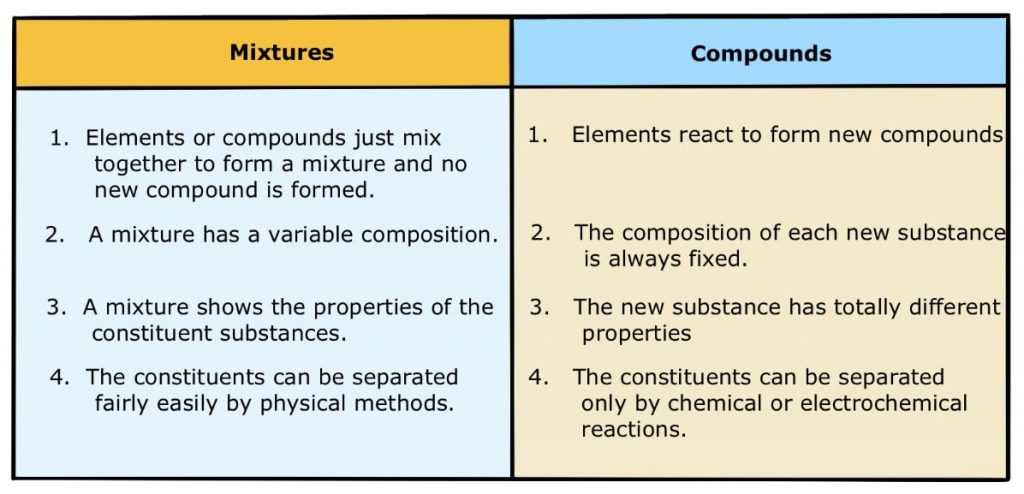Analyzing Trump's Aerospace Agreements: Substance Vs. Spectacle

Table of Contents
High-Profile Announcements and Their Immediate Impact
Trump's administration made several high-profile announcements regarding aerospace deals, often touted as significant wins for the US economy and its aerospace industry. Let's examine two prominent examples:
The Saudi Arabian Arms Deal
This massive arms sale to Saudi Arabia involved billions of dollars worth of weaponry, including advanced fighter jets and other military technology.
- Details of the deal: The agreement included the sale of F-15s, and other advanced weaponry. The exact figures remain partially undisclosed due to national security concerns.
- Immediate economic benefits: The deal generated thousands of jobs in the US aerospace sector and injected billions into the American economy. Boeing, Lockheed Martin, and other defense contractors directly benefited.
- Controversies surrounding human rights and regional stability: The deal faced significant criticism due to Saudi Arabia's human rights record and the potential destabilization of the region. Concerns were raised about the ethical implications of supplying weapons to a country with a questionable human rights record and its role in regional conflicts. This aspect significantly impacted the public perception of the deal, moving the discussion beyond purely economic considerations.
Boeing and Other US Aerospace Companies' Gains
The Trump administration actively promoted deals that boosted the fortunes of major US aerospace companies.
- Contracts secured: Boeing, in particular, secured substantial contracts, both domestically and internationally, under Trump's presidency. These contracts often involved significant investments and infrastructure development.
- Job creation claims: The administration frequently touted job creation numbers associated with these deals, although independent verification of these figures has been inconsistent.
- Impact on stock prices: The announcements often positively impacted the stock prices of involved aerospace companies, reflecting investor confidence in the administration's policies.
- Comparison to previous administrations' deals: While previous administrations also brokered significant aerospace deals, the emphasis on immediate economic benefits and job creation was markedly higher under Trump. The narrative was often presented as directly attributable to the administration's actions.
Long-Term Implications and Sustainability
While the immediate impacts of Trump's aerospace agreements were often positive, assessing their long-term sustainability requires a deeper analysis.
Geopolitical Consequences
The deals had significant geopolitical ramifications.
- Impact on US relationships with allies and adversaries: Some agreements strengthened relationships with existing allies, while others strained relations with certain adversaries or caused concerns amongst traditional US partners. The Saudi arms deal, for example, is a case in point.
- Long-term security implications: The agreements impacted regional security dynamics and created some new areas of strategic competition. The long-term effects on international security remain a subject of ongoing debate.
- Potential for unintended consequences: Some analysts warned about potential unintended consequences, such as escalating regional conflicts or triggering arms races. These concerns necessitate cautious evaluation of future such agreements.
Economic Sustainability of the Agreements
The long-term economic viability of these agreements requires careful scrutiny.
- Analysis of the long-term economic viability: The continued economic benefits depend on various factors, including global market demand, competition from other aerospace manufacturers, and the overall health of the global economy.
- Potential for job losses in the future: Depending on future policy decisions and market conditions, the initial job creation might not be sustained. Shifting economic conditions could lead to decreased demand.
- Dependence on foreign markets: A significant portion of the contracts involved sales to foreign governments. This creates a degree of economic dependence and vulnerability.
Comparing Trump's Approach to Previous Administrations
Trump's approach to aerospace agreements differed significantly from those of previous administrations.
Contrasting Negotiation Styles
- Comparison with Obama's and other previous administrations' aerospace deals: Trump's focus on transactional deals, often prioritizing immediate economic gains, contrasted with previous administrations' more nuanced approach, often prioritizing broader strategic goals alongside economic considerations.
- Emphasis on differences in negotiation tactics and outcomes: Trump's negotiating style, characterized by its directness and often aggressive tactics, led to both successes and failures. While some deals were closed quickly, others faced prolonged delays or were ultimately unsuccessful.
Emphasis on "America First" and its Effects
The "America First" policy significantly shaped Trump's aerospace agreements.
- How the "America First" policy influenced the agreements: This policy often prioritized domestic interests, even at the expense of international cooperation.
- Impact on international cooperation: The approach sometimes strained relationships with allies, raising questions about US leadership in global aerospace initiatives.
- Long-term effects on US leadership in aerospace: The long-term effect of this approach on US influence and leadership in the global aerospace sector remains to be seen. The balance between national interests and international cooperation is a key determinant of future success.
Conclusion
Analyzing Trump's aerospace agreements reveals a complex picture. While many deals yielded immediate economic benefits and job creation, the long-term sustainability and geopolitical consequences remain subjects of ongoing debate. The emphasis on “America First” significantly influenced the negotiation tactics and outcomes, leading to both considerable gains for specific US companies and potential risks to long-term international collaborations. The true measure of these agreements' success will depend on their long-term economic sustainability and their impact on US geopolitical standing in the years to come. Further research and critical analysis are necessary to fully understand the lasting legacy of Trump's aerospace agreements and to inform future policy decisions. We need to move beyond the initial spectacle to objectively evaluate the substance of similar political pronouncements and future aerospace deals. Engage in critical analysis of Trump's aerospace agreements and contribute to a more informed discussion on the topic.

Featured Posts
-
 Angels Vs Dodgers Trout And Moniak Power Up But Dodgers Prevail
May 18, 2025
Angels Vs Dodgers Trout And Moniak Power Up But Dodgers Prevail
May 18, 2025 -
 Revolutionizing Coding With Chat Gpts New Ai Agent
May 18, 2025
Revolutionizing Coding With Chat Gpts New Ai Agent
May 18, 2025 -
 Hollywood At A Standstill The Combined Writers And Actors Strike
May 18, 2025
Hollywood At A Standstill The Combined Writers And Actors Strike
May 18, 2025 -
 Leslie Jones Signs With Ope Partners Snl Alumnas Next Chapter
May 18, 2025
Leslie Jones Signs With Ope Partners Snl Alumnas Next Chapter
May 18, 2025 -
 Southeast Texas Cities Prepare For 2025 Municipal Elections
May 18, 2025
Southeast Texas Cities Prepare For 2025 Municipal Elections
May 18, 2025
Latest Posts
-
 Southwest Washington Preparing For The Impact Of Tariffs
May 18, 2025
Southwest Washington Preparing For The Impact Of Tariffs
May 18, 2025 -
 Economic Development Commission Secures 800 K For Florida Space Coast
May 18, 2025
Economic Development Commission Secures 800 K For Florida Space Coast
May 18, 2025 -
 Florida Space Coast Edc Receives Major Funding Boost 800 K Grant
May 18, 2025
Florida Space Coast Edc Receives Major Funding Boost 800 K Grant
May 18, 2025 -
 800 000 Grant Awarded To Florida Space Coast Economic Development Commission
May 18, 2025
800 000 Grant Awarded To Florida Space Coast Economic Development Commission
May 18, 2025 -
 Florida Space Coast Economic Development Commission Awarded 800 K Grant
May 18, 2025
Florida Space Coast Economic Development Commission Awarded 800 K Grant
May 18, 2025
